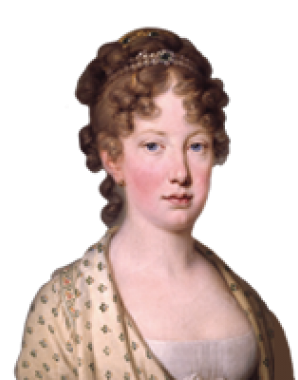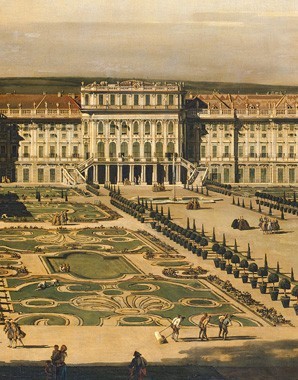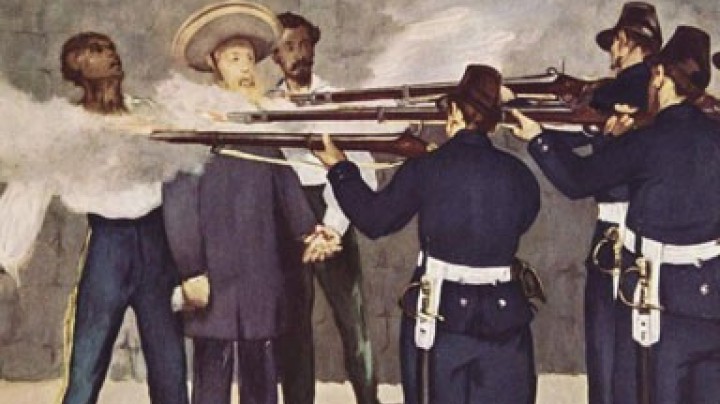The failed Emperor of Mexico
Ay dios mio! A Habsburg left Europe to become emperor in Mexico, but it didn’t end muy bien for him.
Maximilian in a letter of 10 July 1864We are well, thank God, and are becoming more and more accustomed to the local situation and way of life. There is an enormous amount of work to be done, but one does it gladly because one sees that it is appreciated with gratitude. For the moment there can be no talk of constitutional experiments. The good people must first learn to obey before they can be allowed a say in politics. I am trying to proceed calmly and to avoid acting rashly.
A Habsburg empire in America? Yes, there was such a thing, albeit for only a few years. When in 1863 Emperor Napoleon III offered Franz Joseph’s younger brother Archduke Ferdinand Maximilian the chance to become Emperor of Mexico, the ambitious archduke found it an attractive prospect. However, what he was not in a position to know was that the throne was only being offered him on behalf of a small minority of clerical-conservative Mexicans supported by French troops of occupation. When Maximilian arrived in 1864, he was proclaimed Emperor of Mexico in the face of great popular resistance.
His vision of being welcomed to Mexico by jubilant crowds was to remain an unfulfilled dream – on the contrary, he found himself confronted with a lawfully instituted republican government embroiled in a civil war. This explains why two Mexican flags were used at that time: the republican flag, which is similar to the present-day version, and the imperial flag with a crowned eagle as a symbol of the empire. French withdrawal from Mexico spelled Maximilian’s end: in 1867, as the representatives of unsuccessful French power politics, he and two of his generals were condemned to death by a court martial and shot. However, there were rumours that the short-term Emperor of Mexico was not in fact executed but lived on in El Salvador under the name Justo Armas.
The brief interlude during which Maximilian was Emperor of Mexico was based on an entirely erroneous assessment of international interests and power constellations in America. In order to take part in the experiment, he not only had to renounce all claims to power in Austria but also became the victim of French interference in Mexico’s internal affairs. Maximilian is still commemorated in a statue erected in front of Hietzing parish church by the palace gardens at Schönbrunn shortly after his execution. He had built himself a villa nearby, in the street later named the Maxingstrasse in his memory.
It remains to be noted that Maximilian was not the only Habsburg to have ended up in American for ‘professional’ reasons: an archduchess named Leopoldine became Empress of Brazil.





















